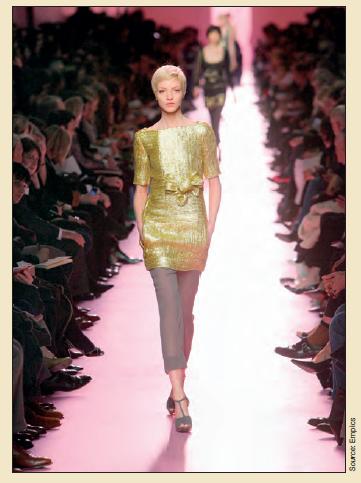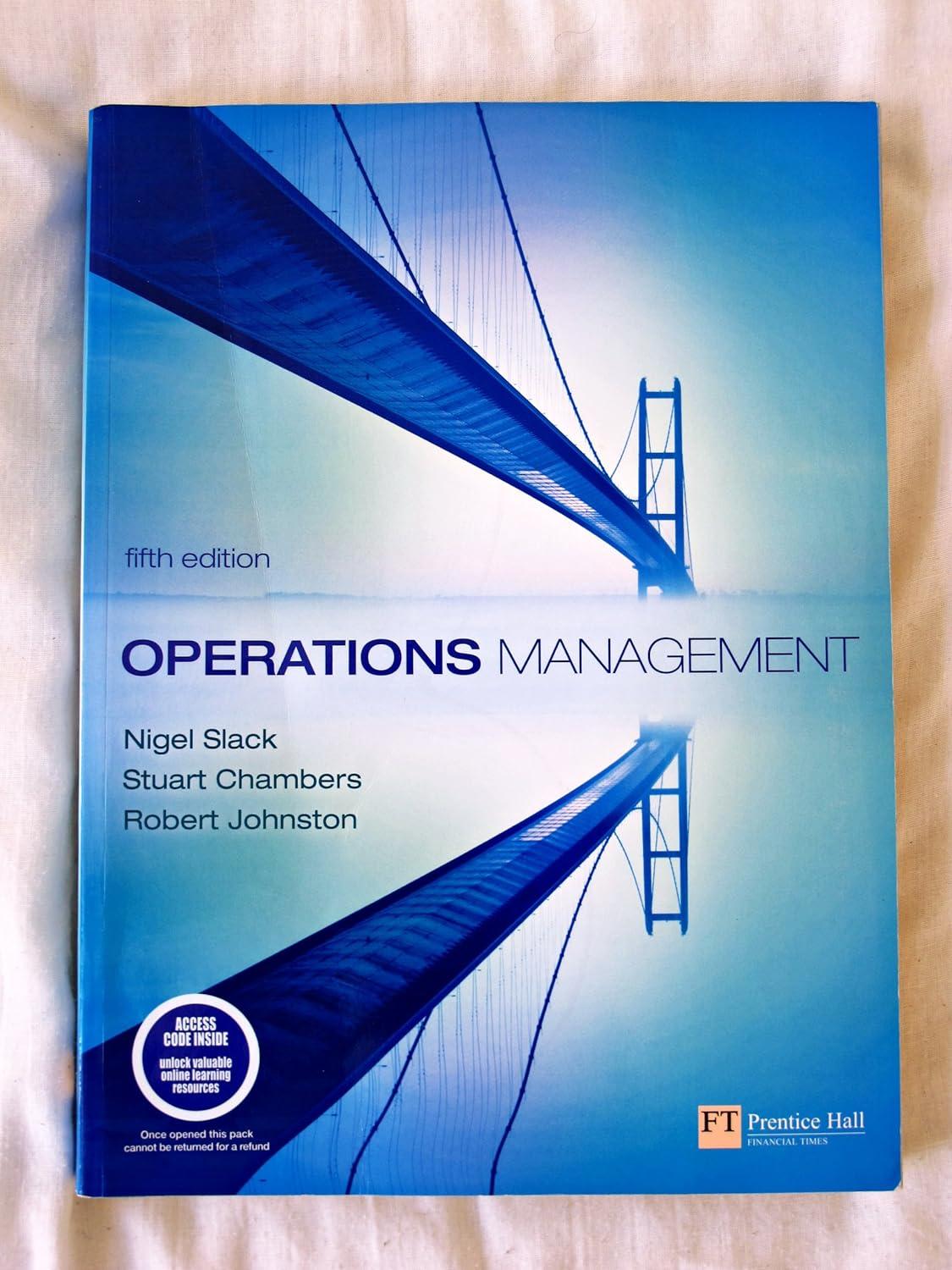Garment retailing has changed. No longer is there a standard look that all retailers adhere to for
Question:
Garment retailing has changed. No longer is there a standard look that all retailers adhere to for a whole season.
Fashion is fast, complex and furious. Different trends overlap and fashion ideas that are not even on a store's radar screen can become 'must haves' within six months. Many retail businesses with their own brands such as H&M and Zara sell up-to-the-minute fashionability at low prices, in stores that are clearly focused on one particular market. In the world of fast fashion catwalk designs speed their way into high-street stores at prices anyone can afford. The quality of the garment means that it may last only one season, but fast fashion customers don't want yesterday's trends. As Newsweek puts it, '. . . being a 'quicker pickerupper' is what made fashion retailers H&M and Zara successful. [They] thrive by practising the new science of "fast fashion"; compressing product development cycles as much as six times.' But the retail operations that customers see are only the end part of the supply chains that feeds them. And these have also changed.
At its simplest level, the fast fashion supply chain has four stages. First, the garments are designed, after which they are manufactured before being distributed to the retail outlets where they are displayed and sold in retail operations designed to reflect the business's brand values. In this short case we examine two fast fashion operations, Hennes and Mauritz (known as H&M) and Zara, together with United Colours of Benetton (UCB), a similar chain but with a different market positioning.
Benetton
Almost 50 years ago Luciano Benetton took the world of fashion by storm by selling the bright, casual sweaters designed by his sister across Europe (and later the rest of the world), promoted by controversial advertising. By 2005 the Benetton Group was present in 120 countries throughout the world. Selling casual garments, mainly under its United Colours of Benetton (UCB) and its more fashion-orientated Sisley brands, it produces 110 million over 1300 stores in 39 countries with annual sales of over €3 billion. The Zara brand accounts for over 75 per cent of the group’s total retail sales and is still based in north-west Spain. By 2003 it had become the world’s fastest growing volume garment retailer. The Inditex group also has several other branded chains including Pull and Bear, and Massimo Dutti. In total it employs almost 40,000 people in a business that is known for a high degree of vertical integration compared with most fast fashion companies. The company believes it is its
ntegration along the supply chain that allows it to respond to customer demand fast and flexibly while keeping stock to a minimum.

Question
1 Compare and contrast the approaches taken by H&M, Benetton and Zara to managing their supply chain.
Step by Step Answer:

Operations Management
ISBN: 9780273708476
5th Edition
Authors: Nigel Slack, Stuart Chambers, Robert Johnston





